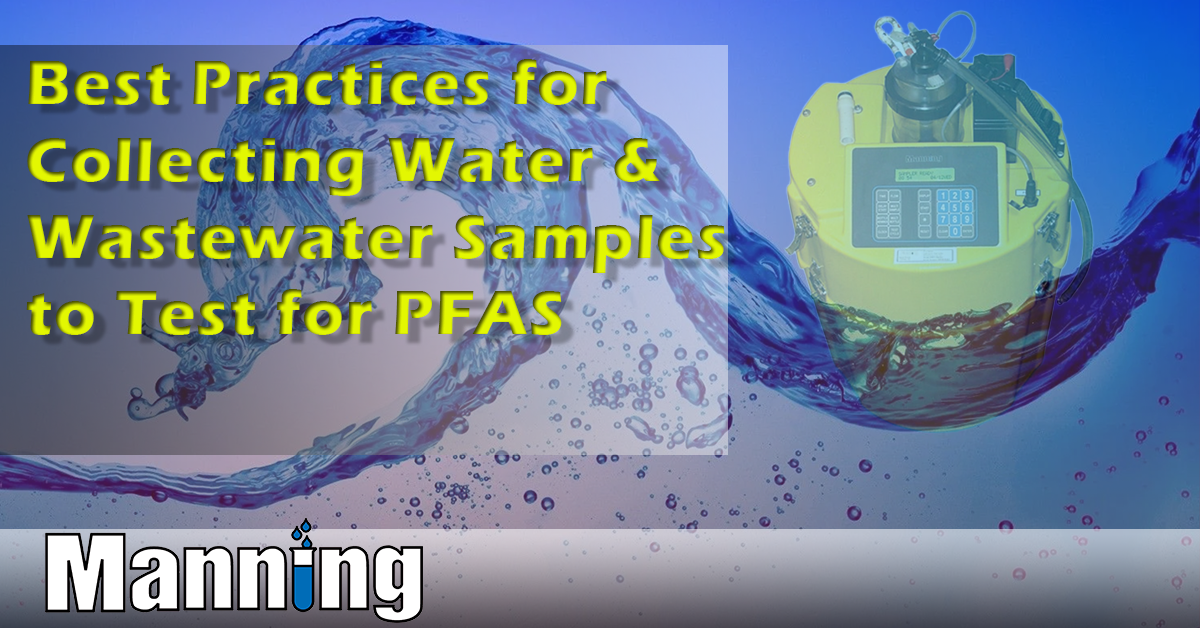Ensuring Accurate Results with Proper Sampling Techniques
Per- and polyfluoroalkyl substances (PFAS) are a group of man-made chemicals used in various industrial and consumer products due to their resistance to heat, water, and oil. However, these chemicals have become a growing concern as they persist in the environment and have been linked to potential adverse health effects. Testing water and wastewater samples for PFAS is crucial to assess contamination levels and protect human health. This article will outline the best practices for collecting water and wastewater samples to ensure accurate PFAS test results.
- Prepare for Sampling
Before heading out to collect samples, make sure to have the necessary equipment and materials, including:
- PFAS-free sampling containers (usually high-density polyethylene or polypropylene)
- Disposable nitrile gloves
- A cooler with ice packs
- Chain-of-custody forms and labels
- A field notebook or log
It is essential to avoid using materials containing PFAS, such as Teflon or polytetrafluoroethylene (PTFE), to prevent cross-contamination.
- Choose the Right Sampling Location
Select appropriate sampling locations to ensure accurate results. For water sources, consider collecting samples from:
- Wells or other points of entry to water systems
- Surface water locations, such as rivers, lakes, or streams
- Wastewater treatment plants (influent and effluent)
For groundwater monitoring wells, be sure to collect samples after purging the well according to standard practices to obtain a representative sample.
- Follow Proper Sampling Procedures
Wear disposable nitrile gloves and change them frequently to minimize the risk of contamination. When collecting water samples, adhere to these guidelines:
- For grab samples, fill the container without rinsing to avoid contamination.
- Avoid touching the inside of the container or cap.
- Fill the container to the top, leaving minimal headspace to minimize the potential for volatilization or loss of PFAS.
- Keep the sampling equipment clean and avoid contact with any potential sources of PFAS.
- Label and Store Samples Correctly
Properly label samples with essential information such as the sample identification, date, time, and location. Fill out the chain-of-custody forms and ensure the samples are transferred to the laboratory promptly. Keep samples cool (around 4°C) during transportation using a cooler with ice packs, and ensure they are analyzed within the recommended holding time, typically 14 days from collection.
- Document the Sampling Process
Maintain accurate records of the sampling process, including:
- Sample identification and location
- Date and time of collection
- Sampling personnel
- Weather conditions during sampling
- Any irregularities or deviations from the sampling protocol
Thorough documentation ensures the integrity of the samples and provides valuable information for interpreting the results.
Conclusion
Accurate PFAS testing begins with proper sample collection. By following these best practices, you can minimize the risk of contamination, maintain the integrity of your samples, and ensure reliable results. As PFAS regulations continue to evolve, it is crucial to stay informed about updates to sampling guidelines and industry standards.


